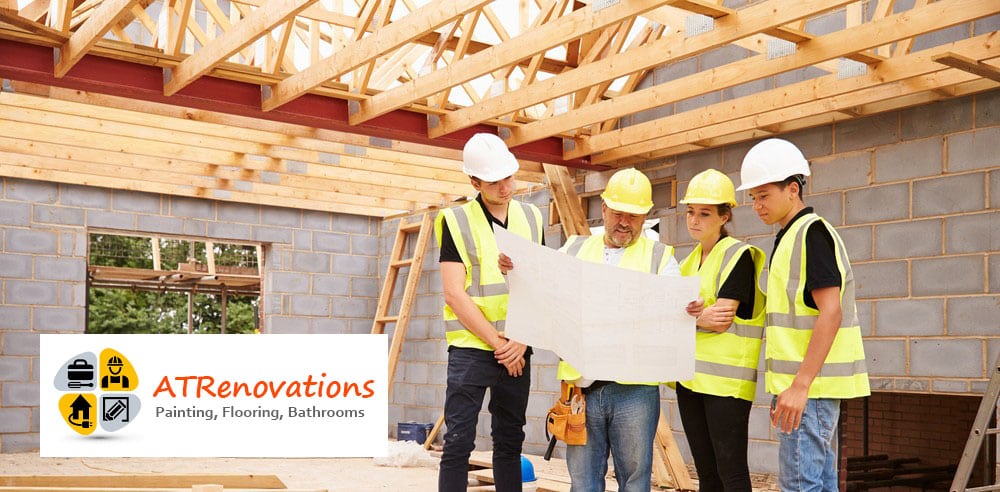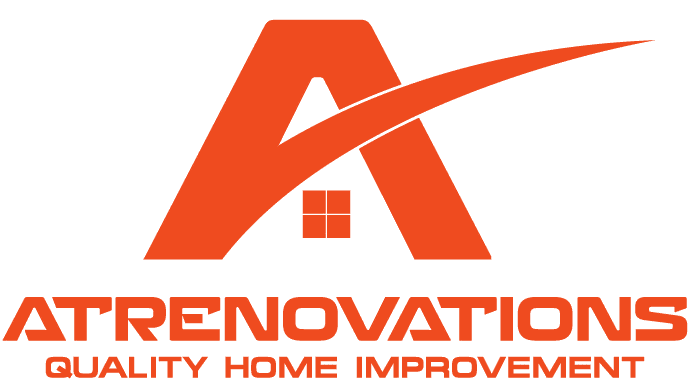
When a builder asks a client whether they would prefer their house extended or renovated, they think the client knows the difference. That is hardly the case.
Renovation in the building and construction industry means to bring up to date, return to the original condition, or to repair an outdated house. Extension on the other side means increasing the overall size of a building, but the highest structure remains on a level lower than the highest preexisting roof. Renovation and extensions are as different as they are similar. Let us see some common differences and similarities between the two.
Similarities
1. Both will add value to your home.
Renovations add value to a property by making outdated homes look new and up to date. They increase the value of the home in the eyes of the buyer, hence a better value as compared to the one not renovated.
Extensions, on the other hand, add value to your house by increasing the size, floor space, and rooms. Thus, the property gains more income in terms of selling price, rent, and productivity in general.
2. Both will make your house more livable.
Renovations give you a safer, smarter, and more tranquil environment in your house. A renovated room has a feel of freshness that is comparable to the one we feel when we move into a new home.
Extensions make your house more livable by creating enough room to suit all the needs of your family. By extending, you will have a living space that is enough to accommodate your noisy teens or a quiet room to be used as a study room outside.
3. Both do not require planning permissions.
Local authorities allow homeowners to renovate their homes without having to pay any extra costs. By so doing, they encourage renovation as it is easier than building from scratch or planning large extensions.
Authorities have also made house extensions free as long as no change whatsoever is made to the pre-existing rooftop. The top of the extension should not be higher than the highest roof, the extension should be less than half of the existing land, extensions should have a no microwave aerial, and there should be no vent pipe or furnace in the extension
4. Both may require you to vacate the site depending on the nature of the work
Renovations can make it necessary for your home workers to temporarily vacate the house for their comfort and safety if they involve any major works like removal of bathrooms and kitchens. Minor renovations may not require one to move temporarily, although you may have to bear with the dust and noise. Besides, living on the site during renovations will make you slow down the builders.
Extensions like renovations cause discomfort and safety threat to some degree. Since some extensions involve adding floor space outside, you can choose to continue being in the house. Many may not find this workable, especially if you have small children.

Differences
1. Cost
Home renovations are usually cheaper than extensions. While renovations use a little material like new paint, wood and other temporal additions, extensions use more permanent material. Some extensions require serious architectural drawing and planning, just like in the case of building a new house. Adding a new double-story building should be more expensive than making the tiles of your floor smoother.
2. Planning permissions
Local authorities in many places exempt house renovations from applying for planning permissions. Extensions are also exempt except for a few instances in which the waiver is disallowed.
3. Scope
Renovation entails restoration, modernizing, and repairing the old structures in your home. Its scope entails:
- Changing outdated structures, like changing a cold shower system and replacing it with a warm shower
- Adding lighting and ventilation to your house by replacing old windows and doors with ones that are more transparent and flexible
- Adding storage space in your kitchen and bedrooms
- Changing your floor design to one that you and your kin will find more comfortable
- Getting some house painting done.
Extensions have their scope mainly focused on making optimal use of the available space. Focus is usually on increasing the floor size, adding another house, and making a home bigger but not going higher than the pre-existing roof. Extensions involve adding space and include some benefits:
- Single story extensions – These help you create extra living space in your home and increase your room space to suit the lifestyle of your family.
- A conservatory or orangery house extension – Conservatories are made of dwarf walls and a lot of glass. They are attached to the main house structure either on the sides or the rear of the house. Orangeries are made using glass and bricks and unlike conservatories, they don’t usually need to be attached to the house.
- A conversion of an internal garage to increase more living space
- Loft conversion, which increases your living space by creating an extra room on top by converting the roof of a finished building.
4. Purpose
House extensions have proven to be more useful than renovations when the purpose of doing them is to put your property into the market. Renovating with expensive fixtures and fittings will end up doing more harm than good. That is so because your high-end renovations may not fit the preferences of the buyer. Extensions are different. Adding extra floor space guided by a qualified architect will add value to your home. Nationwide’s research on the rate of improvements to an average three-bedroom house stated that an extension adding a double bedroom and en-suite will increase the value of the property by up to 23%. After all, in the real estate market, square-meters are the first consideration before other factors are evaluated.
